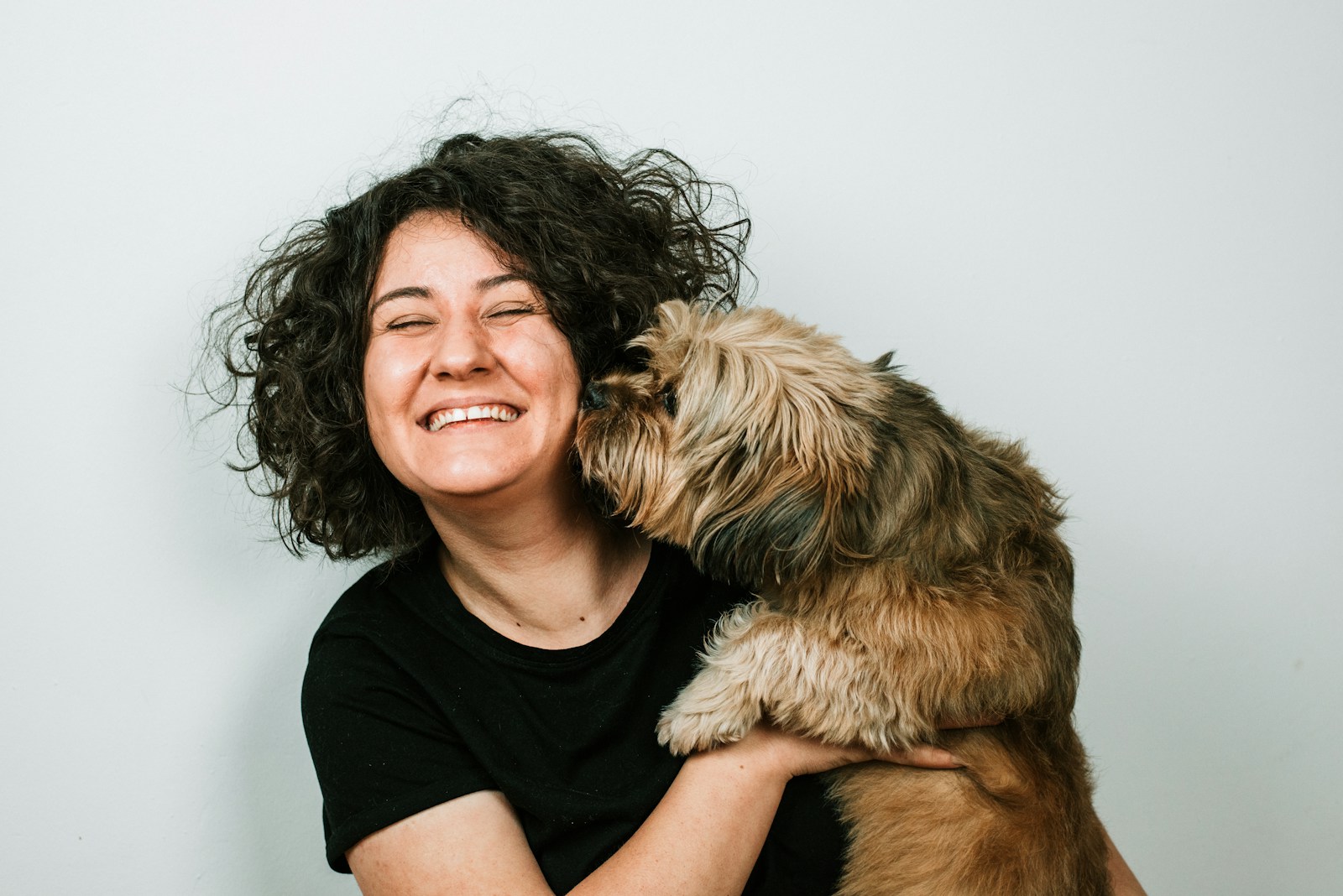How to Choose the Right Obedience Training Method for Your Dog
1. Understanding Your Dog’s Personality
Every dog has its own personality traits much like humans do. Understanding these traits is crucial as they significantly influence how your dog learns.
- Assess Energy Levels: Identify if your dog is high-energy or more relaxed. High-energy dogs often thrive with active training techniques that incorporate play, such as agility training or interactive games.
- Evaluate Socialization Needs: Consider whether your dog enjoys the company of other dogs or prefers being alone. Dogs that enjoy socializing might do better in group classes, while those who can be anxious may benefit from one-on-one sessions.
Taking the time to observe these traits will help you select a training method that resonates well with your dog’s natural behaviors and inclinations.
2. Popular Training Methods Explained
Understanding different training methods is vital for choosing the best approach for your pup. Here are some of the most common obedience training methods:
- Positive Reinforcement: Often regarded as one of the most effective training methods, positive reinforcement involves rewarding desired behaviors with treats, praise, or toys. This approach fosters a strong bond between you and your dog, motivating them to repeat good behavior over time.
- Clicker Training: This is a specific form of positive reinforcement that utilizes a clicker to mark desired behaviors. The click sound serves as a clear and immediate signal that the dog has done something right, making it a powerful tool for effective learning.
- Traditional (Dominance-Based) Training: This method focuses on establishing control through corrections rather than rewards. While some owners have seen success with this approach, it risks creating fear-based responses in sensitive dogs, which can hinder learning and ruin the trust built in your relationship.
- Relationship-Based Training: This method emphasizes building trust and open communication between the owner and the pet before introducing commands. This is especially beneficial for anxious or fearful dogs as it helps them feel secure in the training environment.
By familiarizing yourself with these methods, you can choose an approach that aligns best with your dog’s personality and the educational goals you hope to achieve.
3. Consider Your Own Lifestyle
Your personal lifestyle will significantly impact which training method is most suitable for you and your dog. Here are some factors to consider:
- Time Commitment: Some training methods require a significant daily investment (such as positive reinforcement), while others may only need weekly classes or occasional sessions.
- Consistency Requirements: Some approaches, like traditional dominance-based training, demand strict adherence to set rules. In contrast, positive reinforcement typically allows for more flexibility and permits adjustments based on both your mood and your dog’s temperament.
Reflecting on your availability and the amount of commitment you’re willing to give will help you narrow down your options.
4. Research Local Resources
Once you have distinguished your preferred training methods, it’s time to investigate local resources that can provide guidance:
- Professional Trainers vs. DIY Classes: Decide whether you prefer working with certified trainers who specialize in certain methodologies or learning through self-directed online courses or materials at home.
- Group Classes vs. Private Sessions: Group classes can be advantageous for socialization, but they might not address specific problems effectively. In contrast, private lessons offer tailored attention but may come at a higher cost. Consider which option fits best within your budget and comfort level.
Utilizing online reviews and seeking recommendations from other pet parents can lead you to reputable sources and trainers to explore further.
5. Trust Your Instincts
Finally, the most critical factor in your decision-making process is trusting your instincts. You know your pet better than anyone else, so follow your gut feelings:
- Observe Initial Interactions: If a training method doesn’t feel “right,” don’t hesitate to explore alternatives until you find a suitable fit.
- Be Patient: Training is a journey with potential bumps along the way, so patience is essential. Celebrate small victories that both you and your dog achieve together.
By thoughtfully choosing among the various available methods and staying connected with your dog throughout the process, you’ll foster a strong partnership filled with joy and shared learning experiences.
Conclusion
Choosing the right obedience training method for your dog is a vital step in ensuring a happy and healthy relationship with your furry friend. Start by understanding your dog’s unique personality and energy levels, consider your lifestyle, and explore the different training methods available. Remember, the goal is to create a nurturing and effective environment for learning and bonding.
If you found this guide helpful, please share it with other pet owners who may be looking for guidance on dog training! Which training method have you found most effective? Share your experiences in the comments below; we’d love to hear from you!
news via inbox
Nulla turp dis cursus. Integer liberos euismod pretium faucibua





